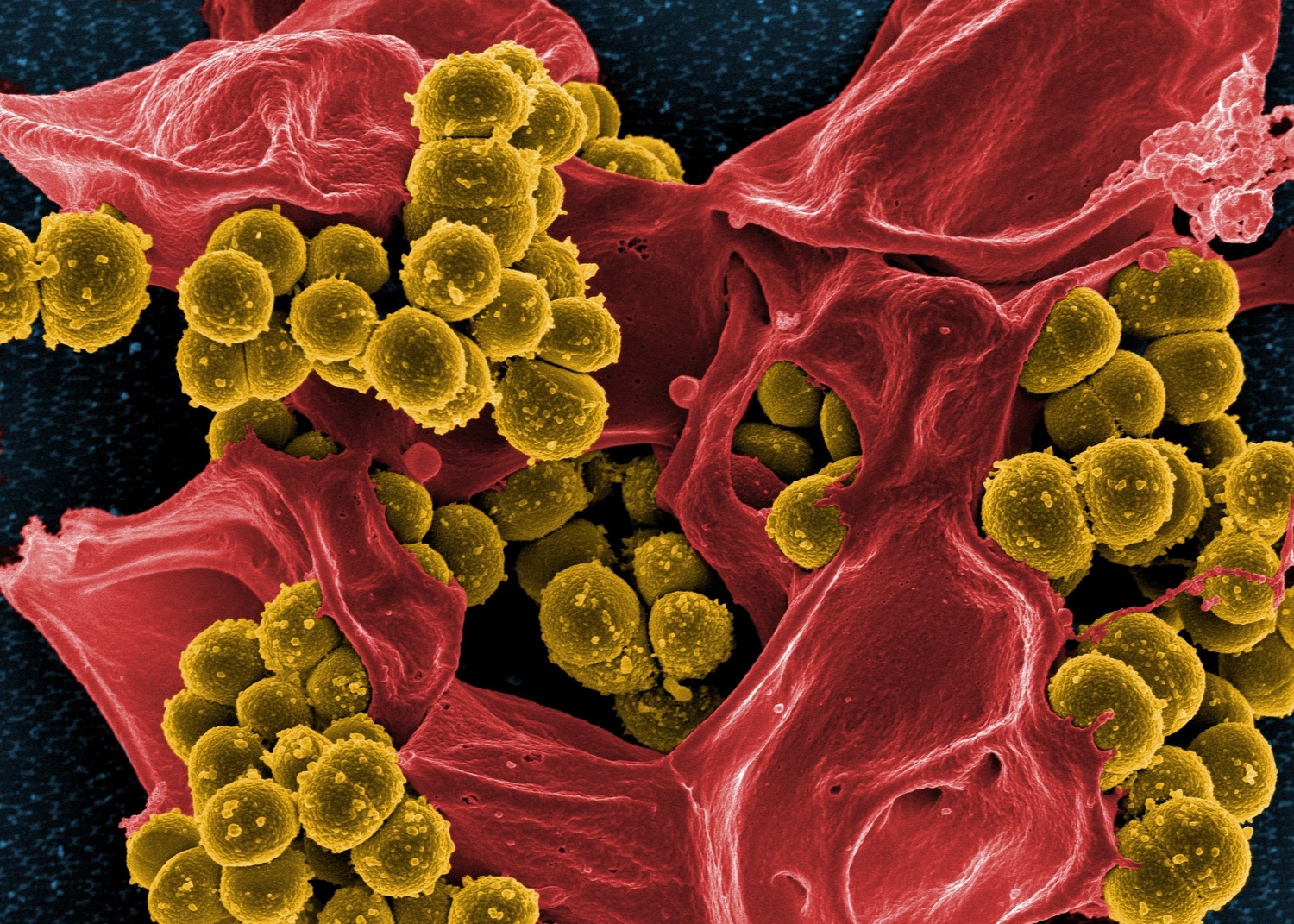While every newspaper at McGill, including the Daily, the Reporter, and the Tribune, has a Science & Technology section, McGill University is also home to a number of specialized publications that cover all aspects of scientific journalism and inquiry. Many of these, despite fascinating content and a hardworking staff (often volunteers), do not get the readership they deserve. Here is a brief spotlight on three such publications that center on the sciences, but do so in very different ways.
Headway / En Tête
The first resource for research on campus is Headway, an annual magazine simultaneously published in French as En Tête.
“There is so much extraordinary research happening at McGill,” explained Julie Fortier, the magazine’s editor and associate director of the McGill University Office of Communications and External Relations, the organization which co-publishes Headway. “We want to show how this research is done, why it’s important and the impact it will have—or is already having—here and around the world,”
Although not a student publication, the magazine highlights activities at McGill and is planning on introducing a brand new feature to offer students a direct voice in communicating their undergraduate research to peers, alumni, and the greater scientific community. This new section is currently looking for interesting submissions in a variety of forms, such as photo slideshows and short videos, as well as more traditional text articles. In fact, the publication is right in the middle of a complete overhaul this spring.
“Instead of an annual print publication, Headway will become a quarterly electronic newsletter that anyone can subscribe to,” Fortier said.
The new, digital, and highly-accessible format is scheduled to debut this March, and will be housed on the McGill Reporter website. Meanwhile, back issues are readable as PDFs online.
Behind the Roddick Gates, a.k.a. the Redpath Research Journal
The Redpath Museum’s own research journal, Behind the Roddick Gates is one of McGill’s hidden gems, just like dawsonite (a mineral which was discovered on the museum’s construction site in 1874, viewable in the well-appointed second-floor mineralogy exhibit). The journal is focused on science and research, but with a decidedly eccentric twist—in its pages are recorded all manner of McGillian curiosa and esoterica. This includes things like campus legends at risk of dying out of the oral tradition, surprising ways McGill has influenced the world that are not normally brought to light, and the early colonial history of Montreal—but also very serious and illuminating papers on museum exhibits and scientific developments.
“We don’t really focus on one field in particular,” explained editor Aimy Wang. “You’ll notice that we have an article on an Egyptian pharaoh right next to a paper on Madagascan ammonites.”
With issues produced annually, the journal is the work of the Redpath Museum Society, and accepts submissions from the general student populace, priding its unrestricted authorship guidelines as one of the basis of its extremely diverse content. In this regard, it is a fantastic example of undergraduate periodical production at McGill.
MSURJ
Another such publication is MSURJ, the McGill Science Undergraduate Research Journal, which prints annually and accepts all manner of student papers on subjects ranging from biochemistry to theoretical physics, and everything in between. Just this year, its scope has been expanded to include engineering, and the editors are excited about the journal’s new range.
“This year, we focused on getting more engineers involved in publishing with us,” said Ariana Aimani, co-editor in chief of the journal, “And we have received a great turnout.”
What’s more, unlike many less formal student publications, MSURJ is run entirely like a professional academic journal. Every issue and every article is peer-reviewed by active researchers in the relevant field. While contributors must be undergraduate university students, the journal frequently receives international submissions, and the actual research is always held to an extremely high standard.
“Undergraduate students who have completed any form of original research with a professor either for a 396 project, thesis, or summer project, as well as students who have written review papers [can submit to MSURJ],” Aimani said.
MSURJ, which celebrates its 10th year this issue, can be found in print on stands throughout campus, as well as on its digitized archive curated through the website, Issuu.
McGill is also home to a plethora of niche publications and departmental undergraduate journals concerning such more specialized fields as linguistics (Cellar Door), mathematics (Delta Epsilon), as well as Ampersand—the journal of the interfaculty Arts & Science program, which explores how the hard sciences can intersect with other fields.










Pingback: We’ve been featured! | The Abstract